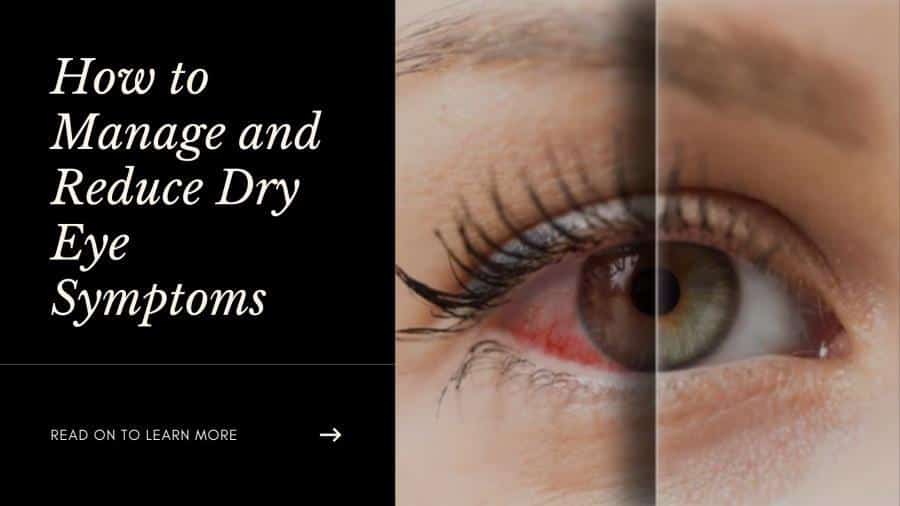Having dry eyes once in a while is not worrying, even though it can be painful or uncomfortable. Allergies, tiredness, and excessive screen time are often the culprits. However, if you have additional symptoms such as itchiness, light sensitivity, or redness, you may have dry eye syndrome (DES). This chronic condition occurs when a person doesn’t have enough quality tears to nourish and lubricate the eye. Tens of thousands of people get diagnosed with dry eye syndrome every year.
How to manage and reduce dry eye symptoms? Read on to learn more.
Pay Attention to Your Environment
Windy, cold, smoky, dry, or dusty environments can exacerbate all the symptoms associated with DES because they affect tear production by increasing evaporation. The more time you spend in a harmful environment, the more difficult it becomes to tolerate dry eye symptoms. Ideally, you should live and work in a place with moist and clean air.
In the dry winter months, consider using a humidifier in the room where you spend most of your time. An air purifier is also helpful for creating optimal environmental conditions in your home. Several studies have shown that indoor air quality, humidity, and temperature are the three main factors that impact dry eye.
Wear the Right Contact Lenses
Managing your dry eye symptoms can be challenging if you wear contact lenses. Most contact lenses reduce tear production, which leads to more severe and harder to tolerate dry eye symptoms. However, this doesn’t mean you must give up on contact lenses and switch to traditional glasses. Visit Contacts Compare to find high-quality contact lenses for dry eyes that eliminate discomfort and irritation.
Adopt Healthy Screen Time Habits
Too much screen time can aggravate your condition. Do you spend a lot of time looking at a computer, tablet, or smartphone screen? This habit can worsen your symptoms and cause additional harm to your eyes. Unfortunately, almost everyone is guilty of too much screen time.
Screens pose a danger to eye health because they affect our blinking patterns. A person blinks about 15 times a minute on average, but this number drops by half when working on a computer. Blinking is crucial for boosting tear production and moisturizing the eyes, so the less you blink, the lower your tear production. Making sure you blink enough is vital.
If you work on a computer, take frequent breaks to rest your eyes. Experts recommend taking a short break after every 20 minutes of screen use. When using a smartphone or tablet, reduce the luminosity and contrast to protect your eyes. Blue light glasses can also help reduce eye strain.
Final Words
If you struggle managing your dry eye symptoms, seek help as soon as possible. Your ophthalmologist can prescribe you eye drops, also known as artificial tears. However, eye drops may not be enough in the long term, so make the necessary lifestyle changes to protect your eye health. From getting better contact lenses to improving air quality at home, there’s a lot you can do.


